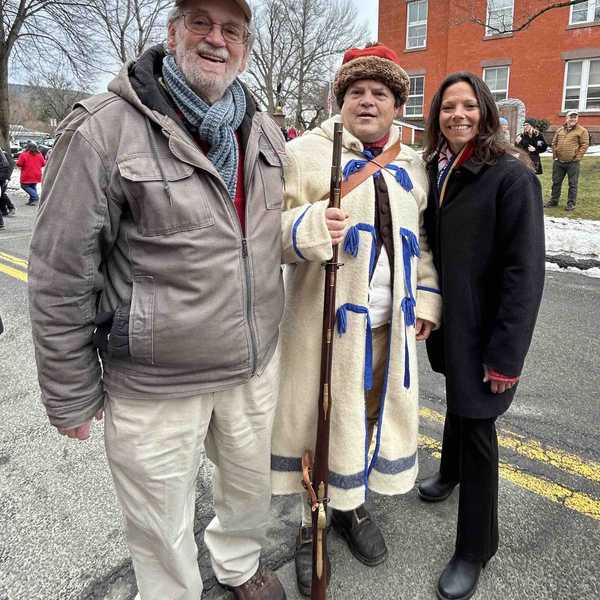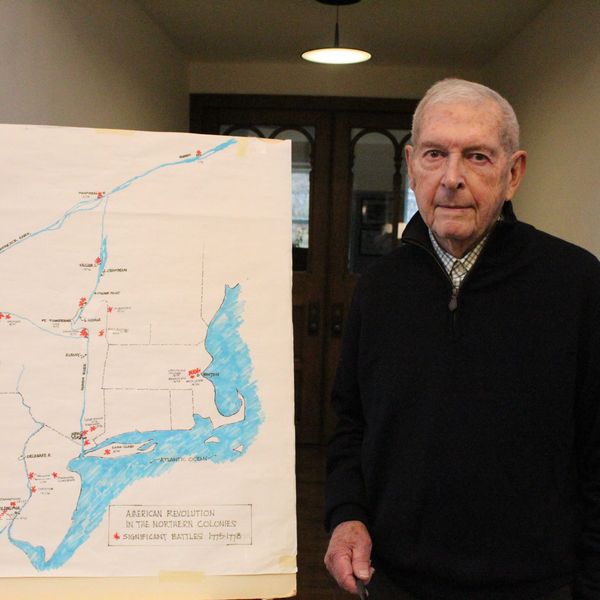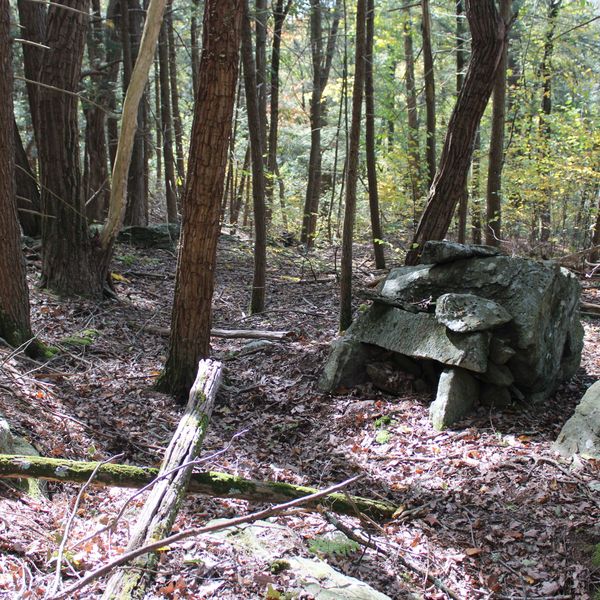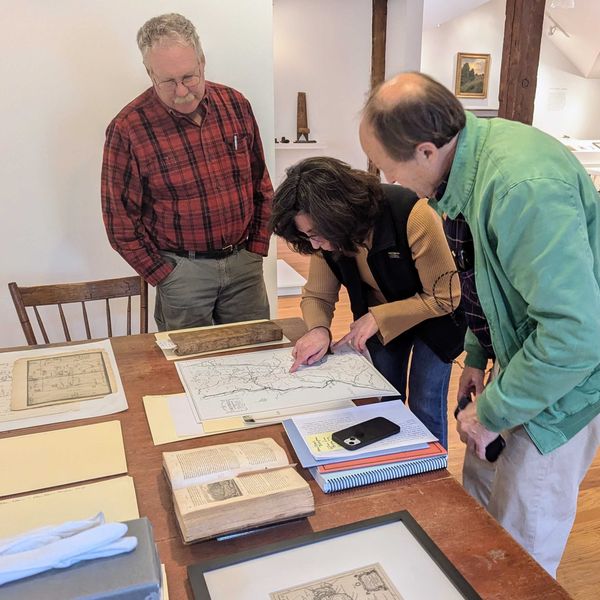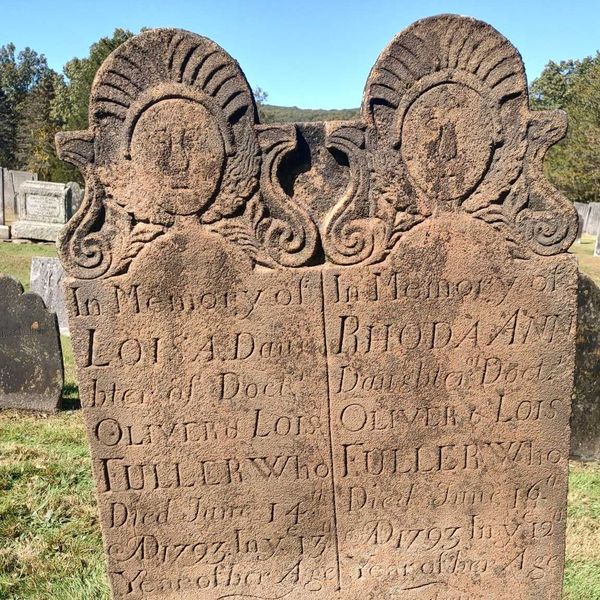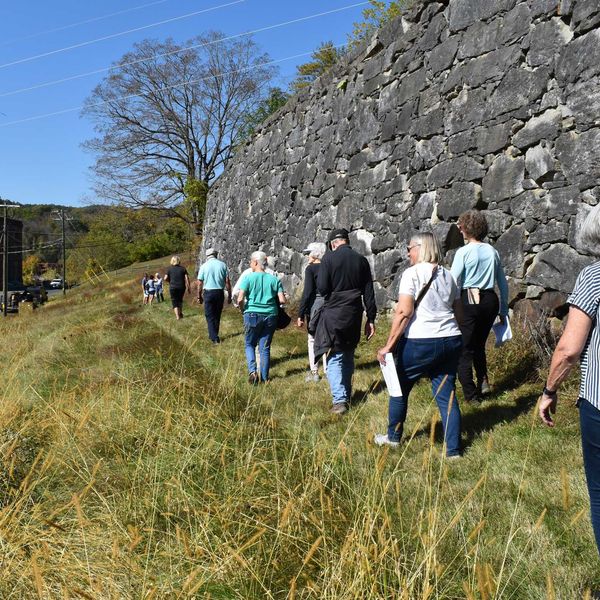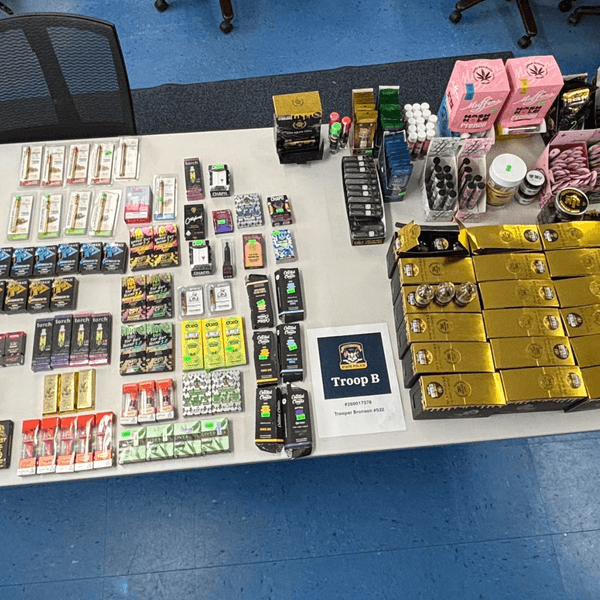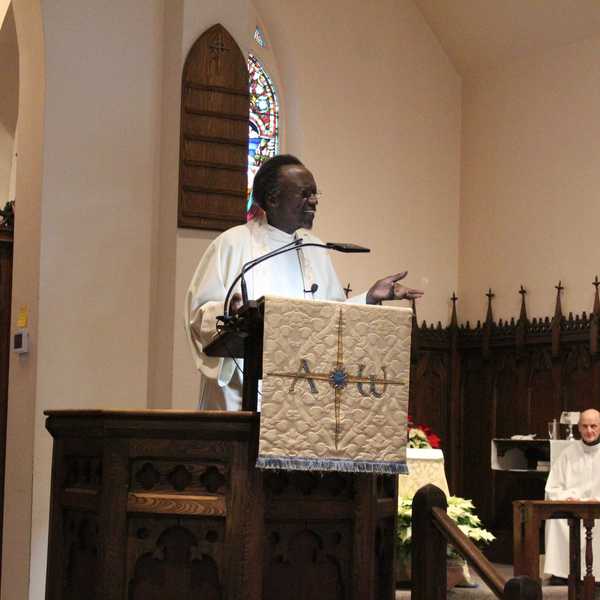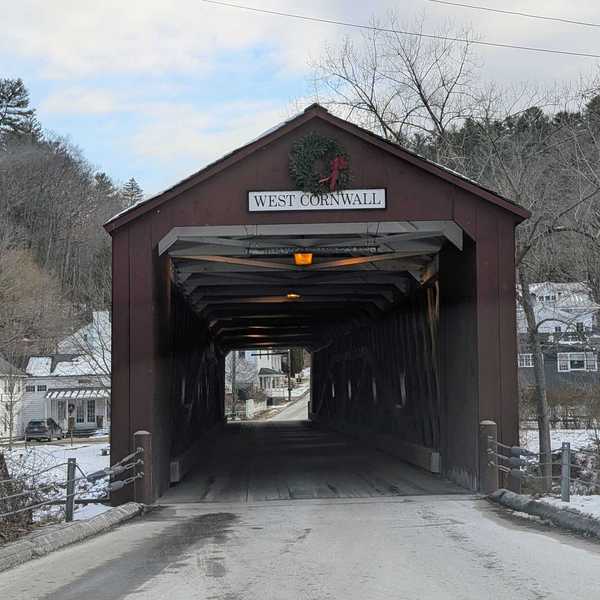A Sampling of Samplers at Sharon History Museum
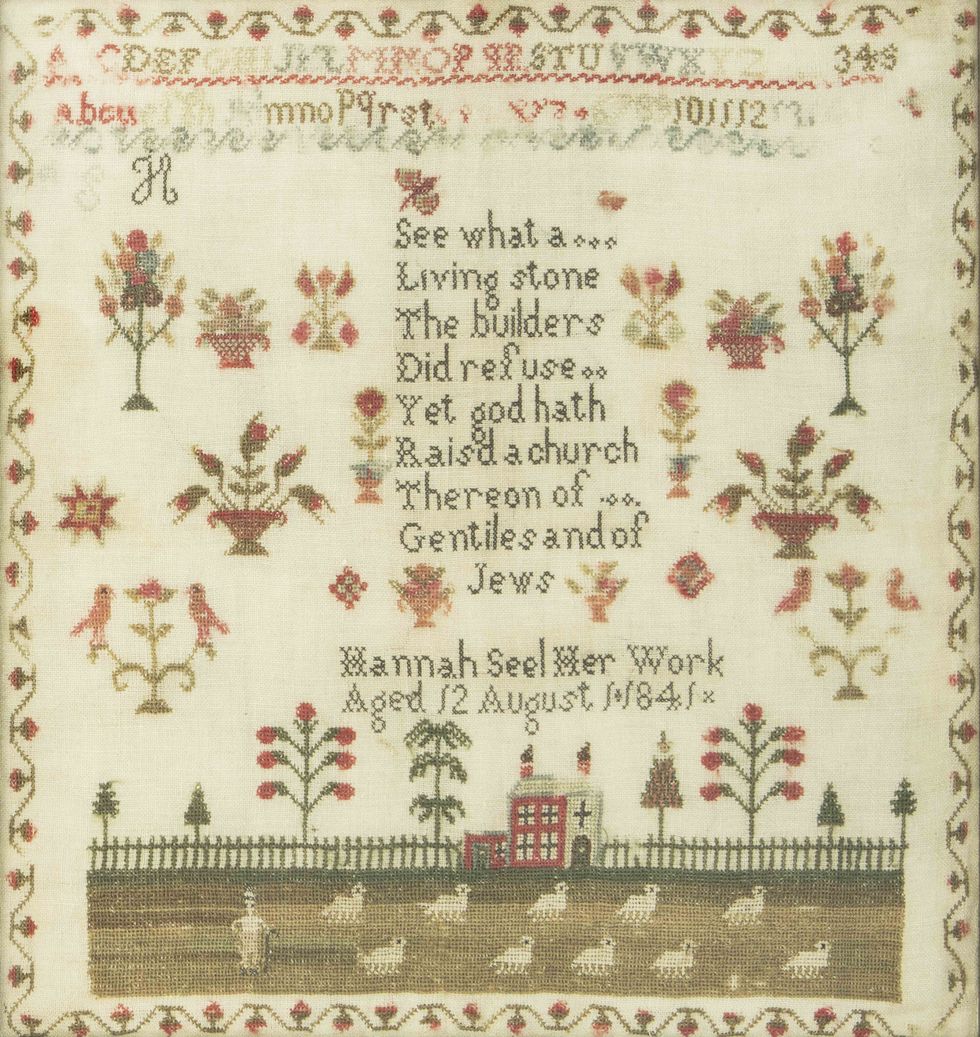
Fifty-five samplers from the collection of Alexandra Peters will be on display at the Sharon Historical Society & Museum from June 18. Many of the classic sampler styles are represented, including ones where young women learned their alphabets and basic stitching styles; and more complex ones that show geography and genealogy.
Photo by Francesca Lally
